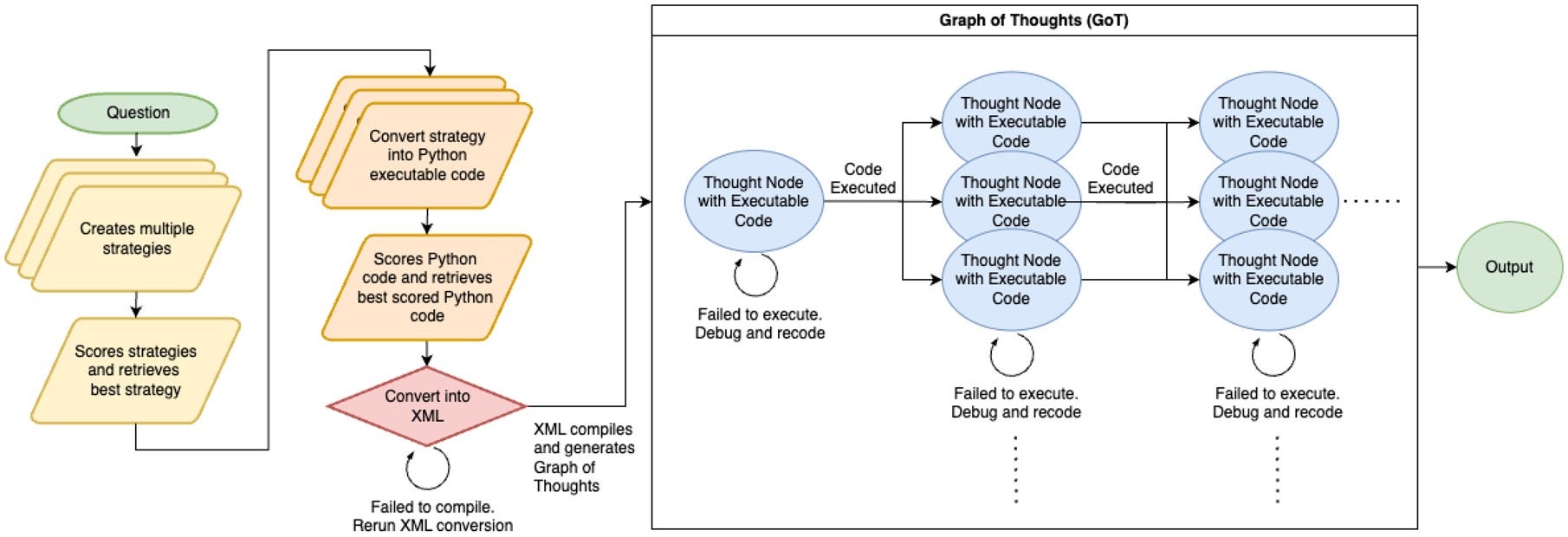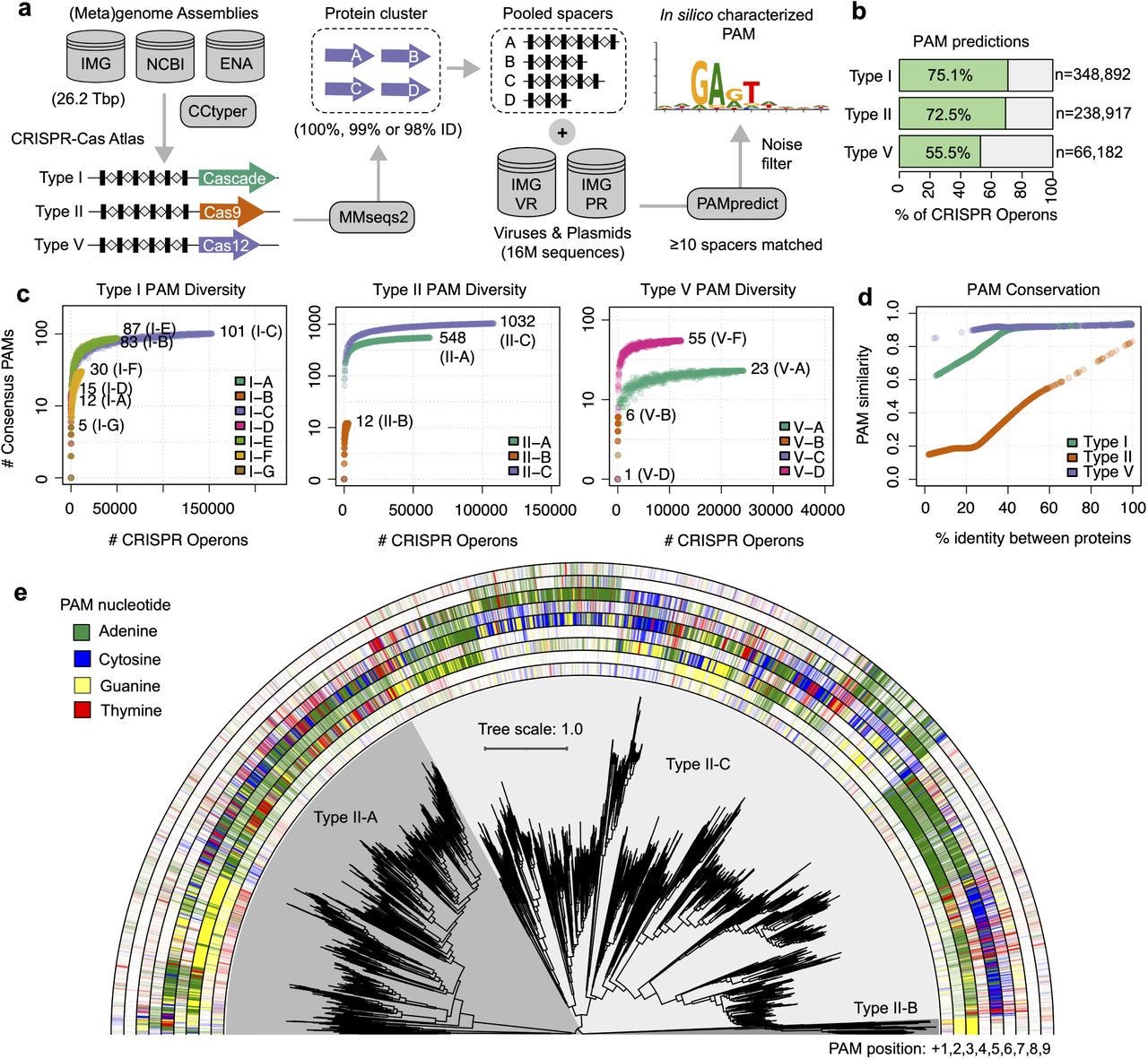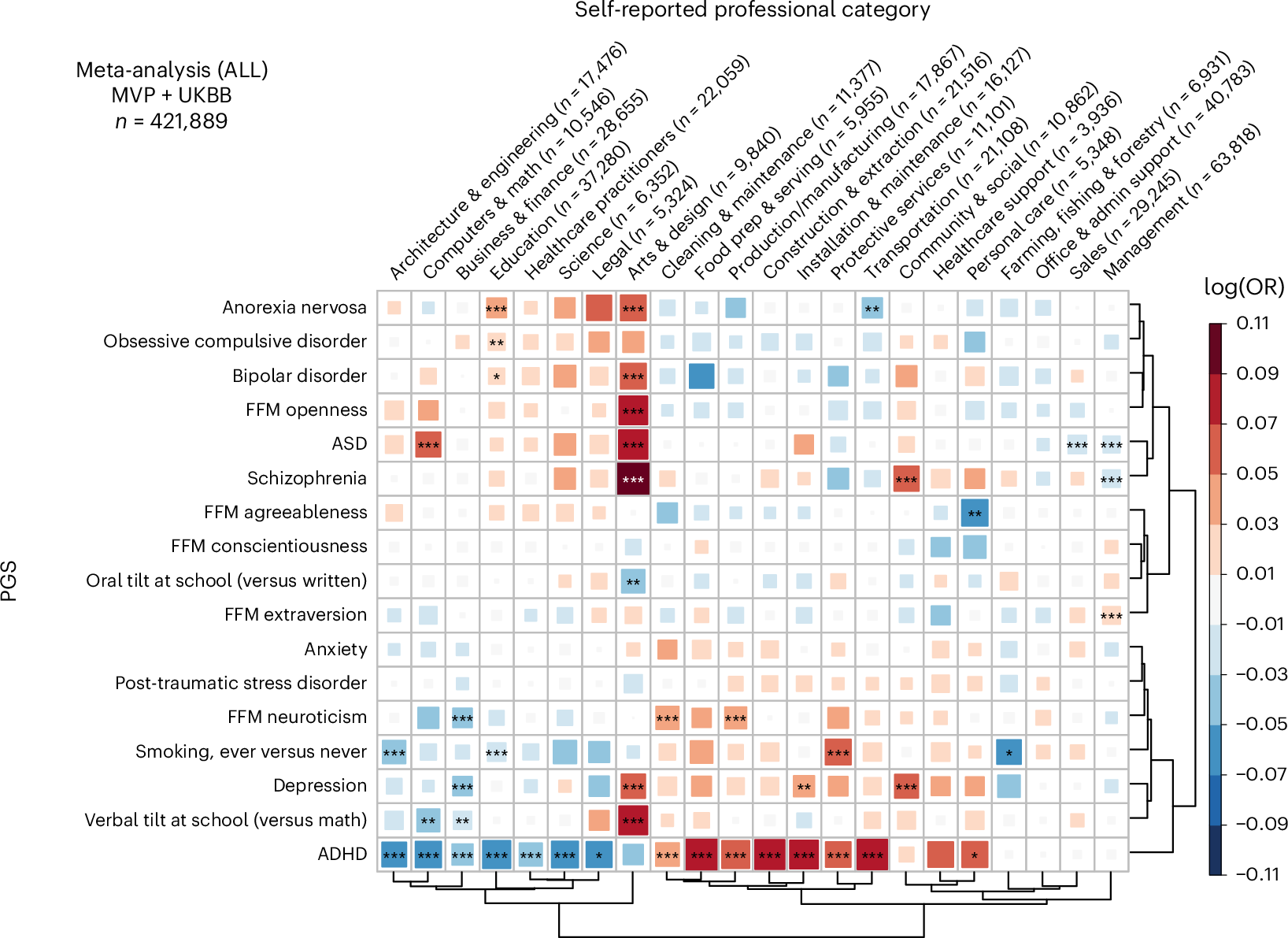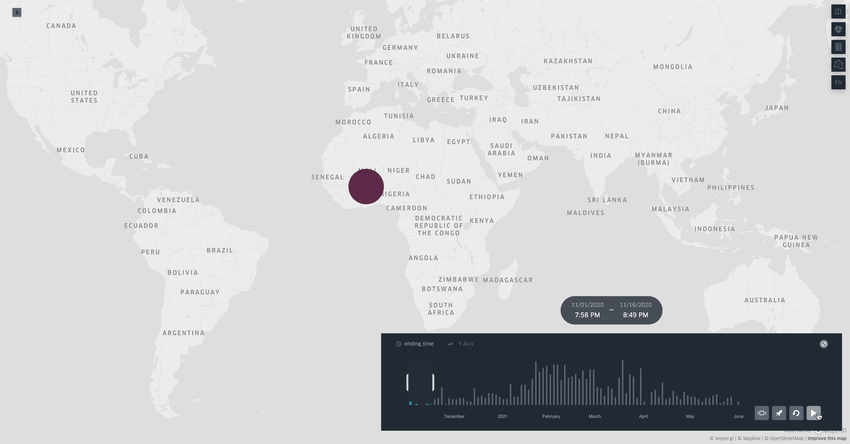
This week’s recap highlights ESCARGOT, an AI agent for biomedical knowledge graphs and reasoning, CASTER for direct species tree inference from whole-genome alignments, the scGPT-spatial foundation model for spatial transcriptomics, the BioChatter platform for biomedical research applications with LLMs, moscot for mapping cells through time and space, and two reviews: one on epigenetic clocks and another on structural variation in the human









